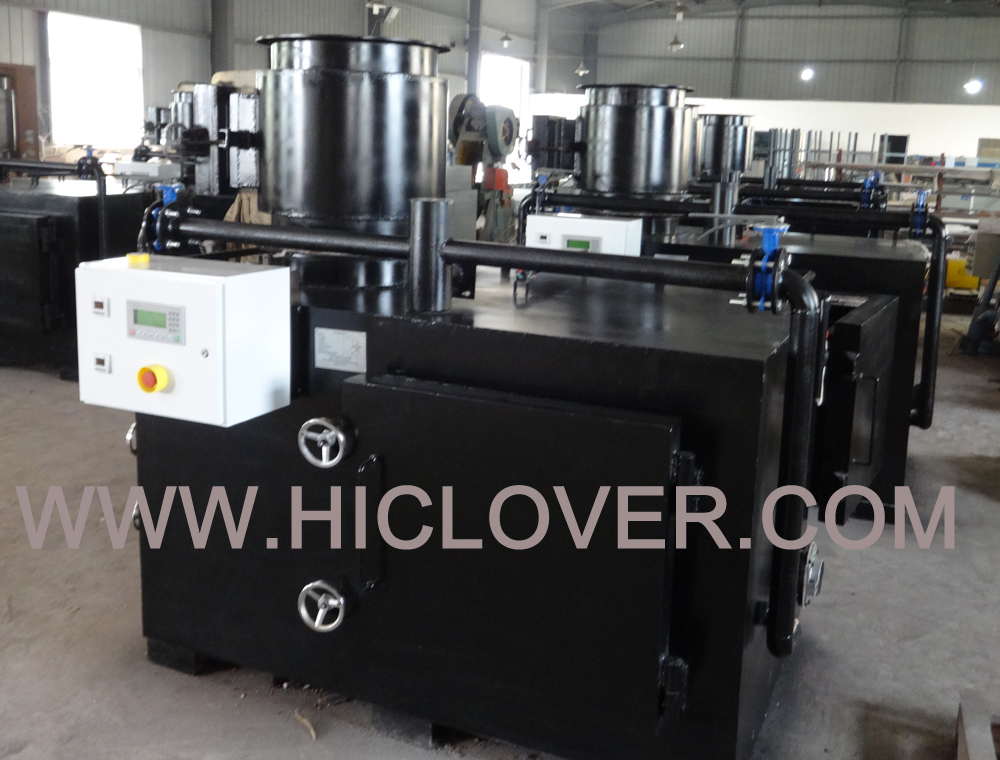Incinerators have long been a controversial topic, with many myths and misconceptions surrounding their use. While it is true that incinerators can have negative impacts if not properly regulated and maintained, it is important to separate fact from fiction and debunk some of the common myths surrounding incinerators.
Myth 1: Incinerators are harmful to the environment.
One of the most pervasive myths about incinerators is that they are harmful to the environment. While it is true that poorly maintained and unregulated incinerators can release harmful emissions into the air, modern incinerators are equipped with state-of-the-art pollution control technology that significantly reduces the release of harmful pollutants. These technologies include scrubbers, filters, and gas treatment systems, which remove harmful particulates and pollutants before they are released into the atmosphere.
Myth 2: Incinerators are a major source of greenhouse gas emissions.
Another common myth about incinerators is that they are a major source of greenhouse gas emissions. While it is true that burning waste releases carbon dioxide and other greenhouse gases, modern incinerators are designed to capture and control these emissions. In fact, many modern incinerators are able to generate energy from the combustion of waste, reducing the need for fossil fuels and further mitigating their impact on greenhouse gas emissions.
Myth 3: Incinerators are a threat to public health.
There is a widespread belief that incinerators pose a threat to public health, particularly in terms of air quality and harmful emissions. However, numerous studies have shown that modern incinerators are able to operate within strict emissions limits that protect public health. In fact, when compared to other waste management methods such as landfilling, incineration is often associated with lower overall environmental and public health impacts.
Myth 4: Incinerators are a source of toxic ash and waste.
One of the most persistent myths about incinerators is that they generate toxic ash and waste that pose a threat to human health and the environment. While it is true that incinerators do generate ash as a by-product of the combustion process, this ash is carefully managed and treated to minimize its environmental impact. In many cases, the ash is used as a supplement in construction materials or disposed of in carefully engineered landfills, ensuring that it does not pose a threat to human health or the environment.
In conclusion, incinerators are often misunderstood and surrounded by myths and misconceptions. While it is true that poorly regulated and maintained incinerators can have negative impacts, modern incinerators are equipped with advanced technology and strict regulations that minimize their environmental and public health impacts. By debunking these myths, it becomes clear that incinerators can be a safe and efficient way to manage waste and generate energy.



